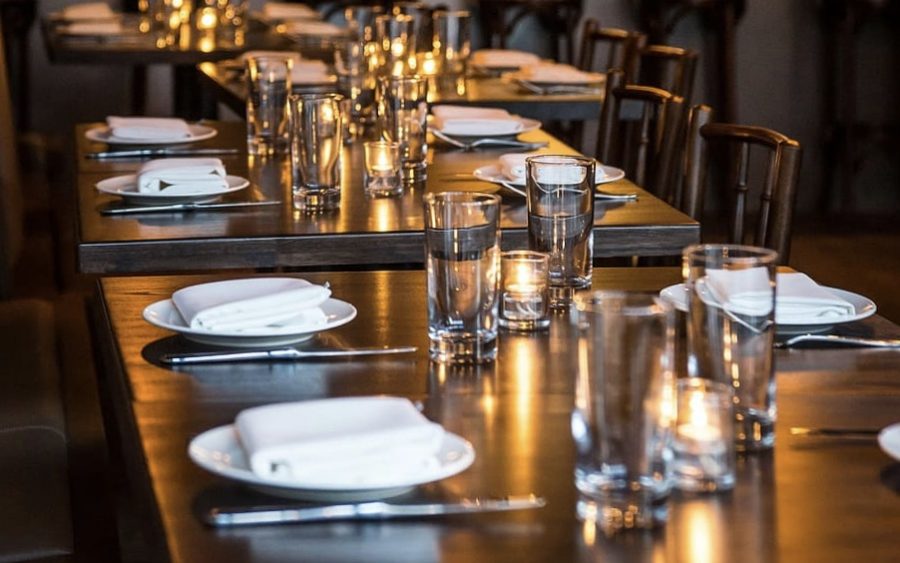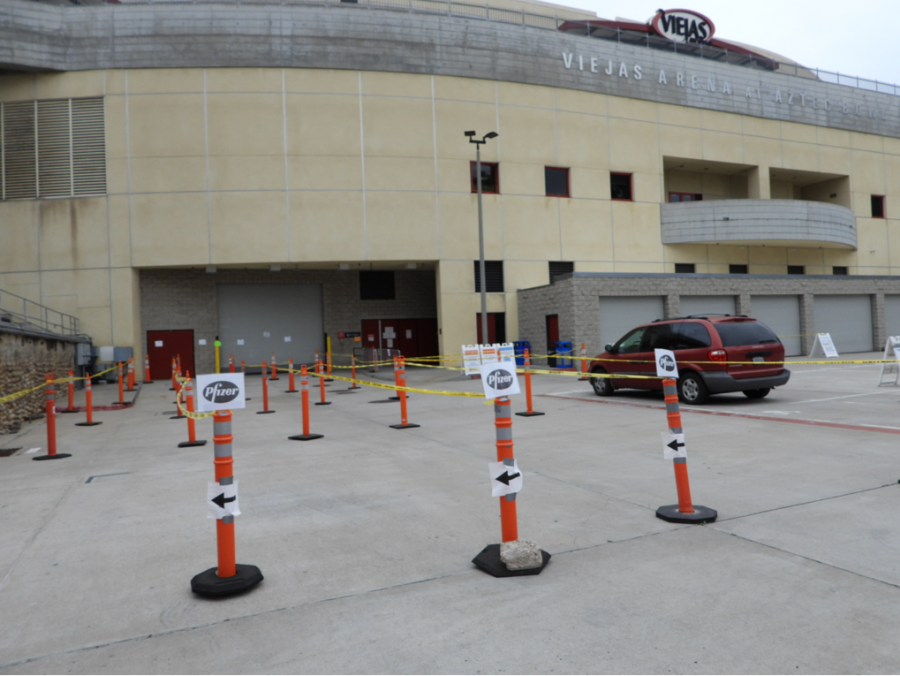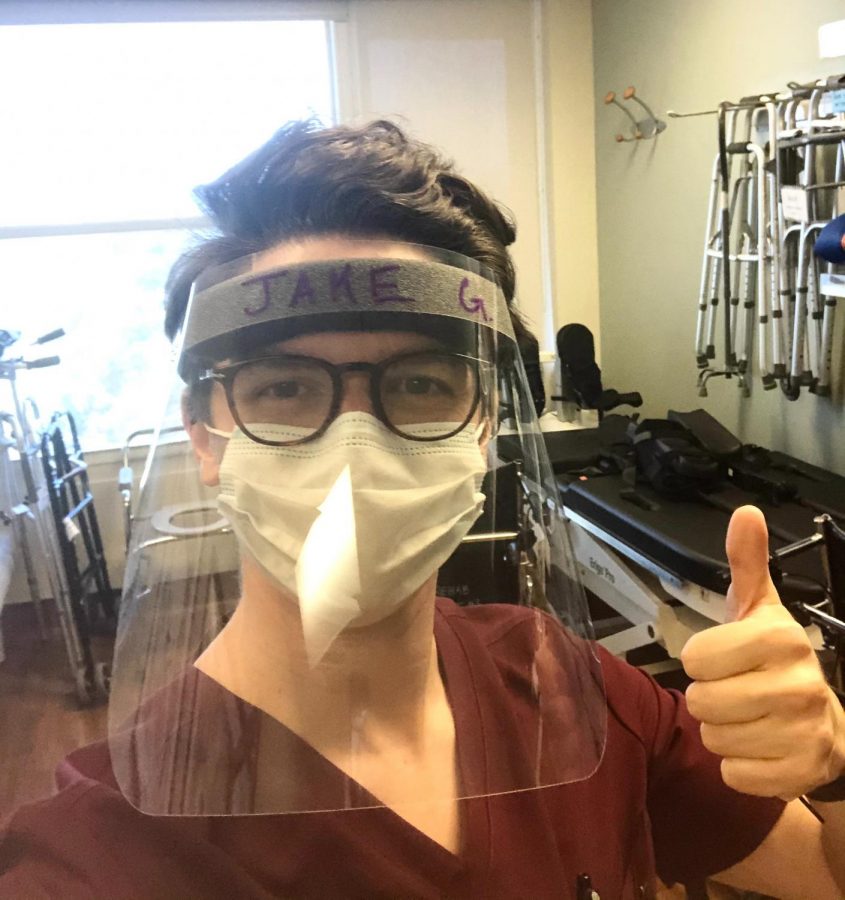Since the coronavirus has surfaced, restaurants have been forced to shut their dining rooms down for safety precautions. The restaurant industry employs over 15 million people and in the United States alone, there are over a million restaurant locations that many Americans may call their favorite places to eat.
With over a hundred thousand deaths recorded in the United States due to COVID-19, the main thing going through the heads of avid restaurant-goers is when and if it will be safe to journey out to their favorite eateries for unbeatable meals and normalcy when it comes to the overall experience of dining at a restaurant.
Since Americans have been under strict quarantine and stay-at-home orders for months, most restaurants have remained open with their dining rooms closed to run solely on delivery, takeout and curbside pick-up services. According to the Centers for Disease Control and Prevention, these options put in place by restaurants are where patrons are at the lowest risk of contracting COVID-19.
There are a number of factors that consumers should consider before going out to eat again such as ensuring that their favorite restaurants are well-ventilated, following strict safety procedures, and implementing appropriate proximity protocols to ensure everyone — both patrons and employees — remains safe.
Most cases of COVID-19 have been spread through respiratory droplets released when people talk, cough or sneeze. Additionally, the virus could cause infection by touching a contaminated surface.
Practicing good hygiene, such as hand-washing and staying at home when sick, are always essential principles but even more so now with the spread of COVID-19. There are a variety of steps that restaurants may take to help lower the risk of exposure to the virus.
Some people question whether or not taking these precautions is safe and guarantee that traces of COVID-19 will not spread as a result of this. Between the sole use of disposable utensils, contactless payment, and cleaning the restrooms until they appear to be pristine to a seemingly high standard, even with the establishment of an environment where guests are situated at least six feet from each other, this will only reduce the risk but not eradicate it.
Realistically, there is really no way to make dining out a risk-free experience.
Eleanor J. Murray, ScD, Assistant Professor of Epidemiology at Boston University’s School of Public Health, gave an excellent scenario and something to think about if one is willing to take a chance and dine in a restaurant after these circumstances.
Murray proposes that if you are somewhere where they have placed the tables precisely six feet apart so that if somebody were to lean back in their chair, they are now closer than six feet to you, that’s probably not the best place to choose to dine.
Murray suggests searching for places that are trying their best to obey the guidelines and taking precautions to make sure everyone is safe as opposed to doing the bare minimum which will surely increase the risk of consumers getting sick.
Depending on the area of the United States, stay-at-home orders have been lifted in phases. If located in a region where the virus is raging and the numbers for those who have tested positive for COVID-19 have been high, the decision to dine in so soon could be unwise — even after the quarantine season has ended. Looking at the trajectory of cases in local areas would be something to consider if wanting to go out and eat.
This can be a risk worth taking but choosing a restaurant that is making an effort to keep customers safe by following both federal and local health guidelines should be quintessential.
The restaurant dining experience as Americans once knew it is now gone. It is time to prepare for new protocols once going out to eat is safe again.
Trinity Bland is a junior studying television, film and media.















